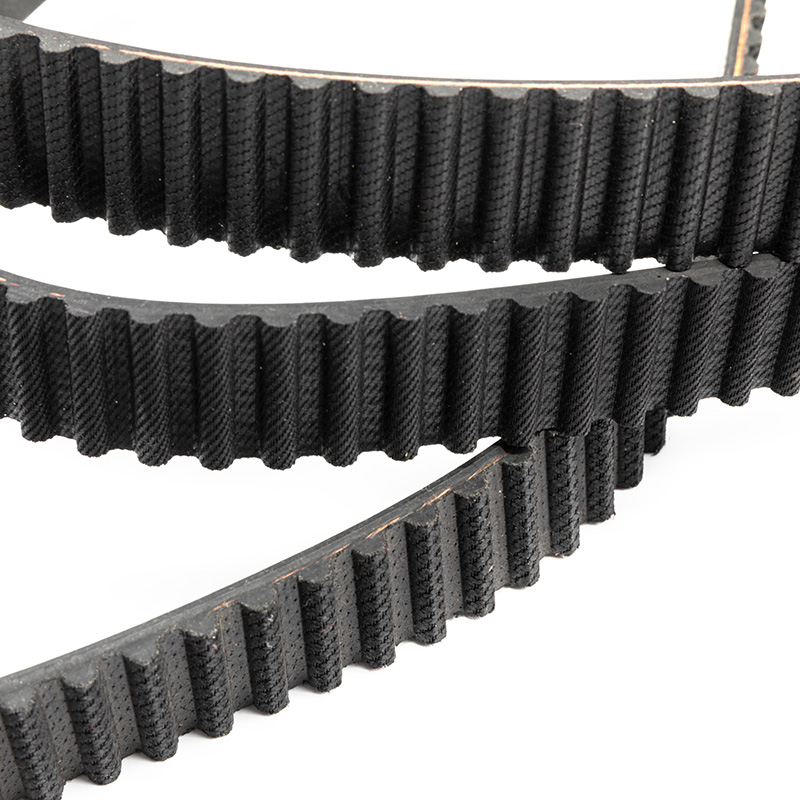Identifying signs of wear or failure in a CR (chloroprene) rubber automotive timing belt is crucial for maintaining the health of your vehicle's engine. Here are some key indicators to watch for:
Cracks on the Belt Surface: The outer surface of the CR rubber timing belt is prone to cracking over time due to continuous exposure to the harsh conditions within the engine bay. These conditions include high temperatures, constant flexing, and exposure to oils and chemicals. Cracks are a clear sign of material fatigue and aging. When you inspect the belt, look for small, hairline cracks running across the belt's width or length. If cracks are present, it means the belt is losing its elasticity and strength, which can lead to a complete break.
Missing Teeth: The teeth on a timing belt engage with the sprockets on the camshaft and crankshaft to maintain precise engine timing. If these teeth become damaged, worn down, or completely fall off, the belt can no longer maintain the synchronization required for the engine to run correctly. Missing or damaged teeth can cause the belt to skip, leading to engine misfires, poor performance, and potential internal damage if the valves and pistons collide. Regular inspection of the teeth is crucial to prevent this type of failure.
Glazing: When a timing belt becomes glazed, it develops a shiny or glossy appearance on its surface. This glazing is typically caused by excessive heat or constant slipping against the pulleys. A glazed belt has reduced friction, meaning it cannot grip the pulleys effectively. This slippage can cause the engine timing to be erratic, leading to poor engine performance and increased wear on the belt. Checking for a glossy surface during inspections can help identify this issue before it leads to more severe problems.
Fraying Edges: The edges of a timing belt can become frayed or worn due to improper alignment or rubbing against adjacent components. This condition is often a result of a misaligned tensioner or pulley. Frayed edges indicate that the belt is not running true within its designated path, which can lead to uneven wear and eventual failure. It is essential to ensure that all components in the timing system are correctly aligned and that the belt is installed properly to avoid this issue.
Noise: Unusual noises such as squeaking, chirping, or grinding sounds coming from the timing belt area can indicate various issues. Squeaking or chirping often results from improper tension, while grinding noises can be a sign of severe wear or misalignment. These sounds suggest that the belt is not operating smoothly and may be experiencing increased friction or slippage. Addressing these noises promptly can prevent further damage and ensure the timing belt operates correctly.
Tension Loss: The timing belt must be kept at the proper tension to function effectively. Over time, the belt can stretch, or the tensioner can fail, leading to a loss of tension. A loose belt can slip on the pulleys, causing the engine to run poorly and potentially damaging the timing components. Regular checks of the belt tension, and ensuring the tensioner is in good condition, are vital to maintaining the proper operation of the timing system.
Hnbr Rubber Automotive Timing Belts




 English
English 中文简体
中文简体

 View More >>
View More >> View More >>
View More >> View More >>
View More >> View More >>
View More >> View More >>
View More >> View More >>
View More >> View More >>
View More >> View More >>
View More >> View More >>
View More >> View More >>
View More >> View More >>
View More >> View More >>
View More >>
